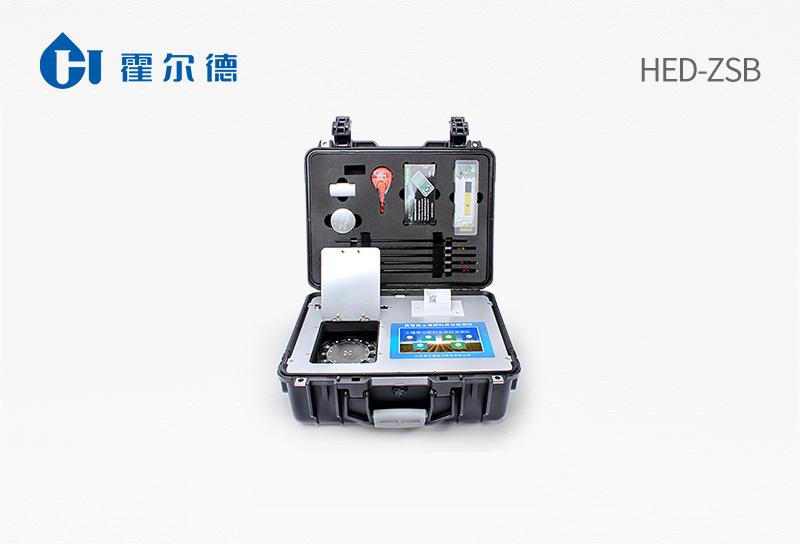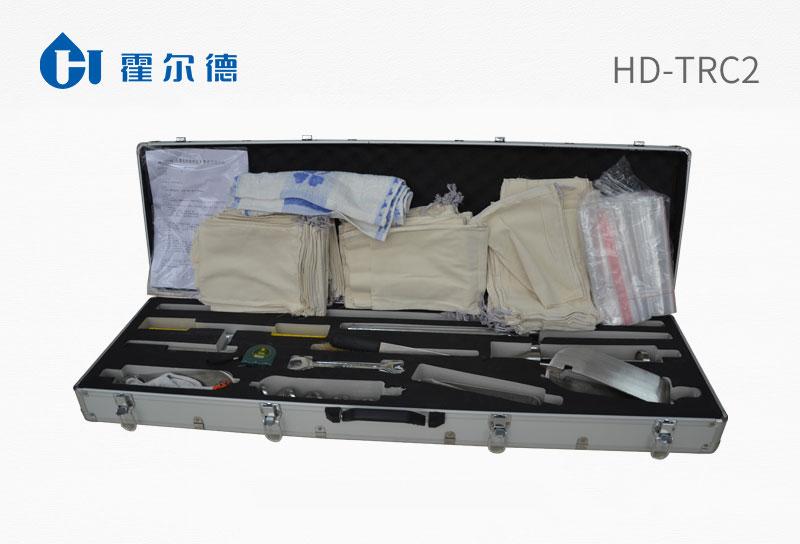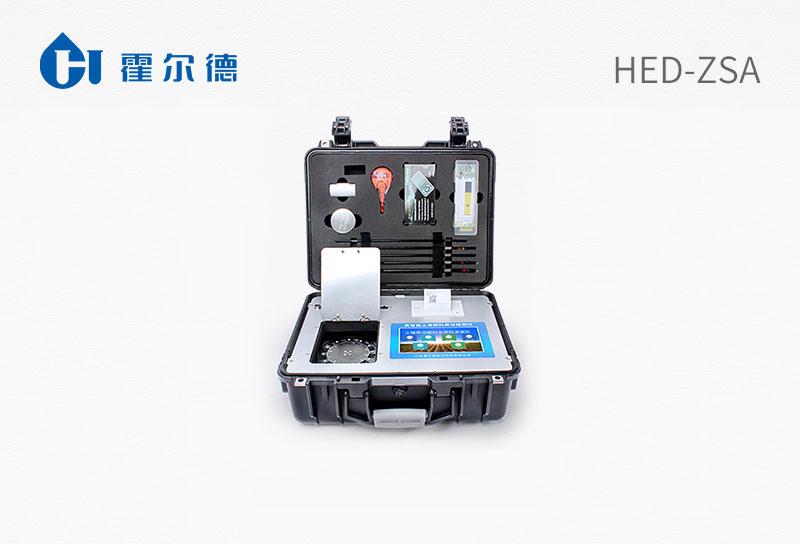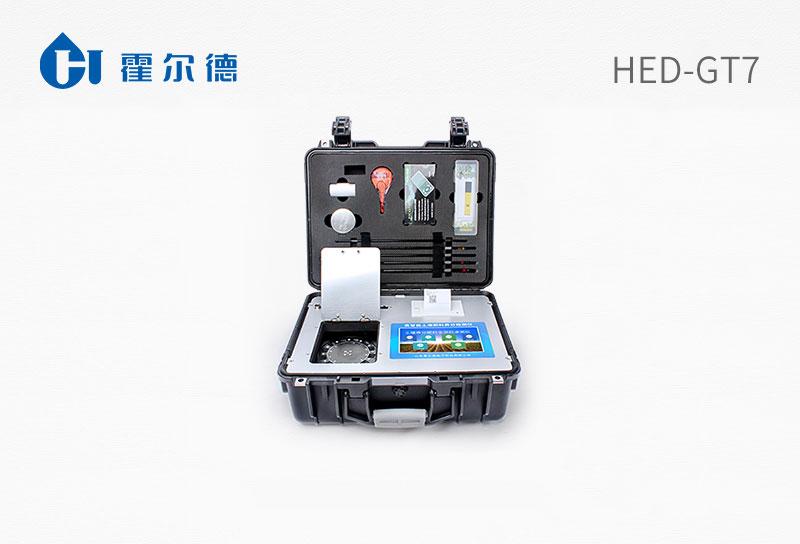
Soil Heavy Metal Analyzer
manufacturer:Shandong Horde Electronic Technology Co., Ltd.
Introduction:The manufacturer of Soil Heavy Metal Analyzer「Horde Electronic」 has mastered the research and development technology of Soil Heavy Metal Analyzer, with more than 10 years of experience in manufacturing Soil Heavy Metal Analyzer. The quality is reliable, the detection accuracy is high, and the price competitive advantage of the source manufacturer is obvious. Welcome to call for more information.
Update time:2025-12-14
- Contact: Contact Information
- Phone:008619053605658
Product Recommendation
Product Details
Instrument Introduction
Soil, food, and water quality are gradually polluted by industrial waste gas, wastewater, and waste residue. Some people even use industrial wastewater to irrigate crops directly, resulting in a large amount of heavy metals such as lead, cadmium, arsenic, chromium, mercury, iron, zinc, manganese, and copper in the soil arable layer. The phenomenon is more serious in urban suburbs. In addition, the large-scale use of inorganic chemical pesticides has caused the heavy metal content in vegetables and fish to exceed the standard, which continues to accumulate in the human body, leading to the phenomenon of chronic heavy metal poisoning in consumers. There have been many heavy metal collective poisoning incidents in China, which have attracted great attention from the government and the public. However, the current heavy metal determination method is slow, the steps are cumbersome, and the instrument is expensive. Based on this situation, we have developed a soil heavy metal analyzer that can quickly and jointly determine lead, cadmium, arsenic, chromium, mercury, iron, zinc, manganese, copper, etc. in soil samples.
Detection principle
(I) After the sample is digested, all forms of heavy metals (including arsenic, lead, cadmium, chromium, mercury, iron, zinc, manganese, copper, etc.) are converted into ion forms. After adding relevant detection reagents, the color is developed. Within a certain concentration range, the depth of the solution color is proportional to the content of heavy metals, obeying the Lambert-Beer law. Then the content value is measured by instrument and compared with the national standard for agricultural product safety quality and pollution-free vegetable safety requirements to determine the heavy metal content of vegetable samples.
(II) Detection principles and standards for various heavy metals
1. Detection principles and standards for heavy metal arsenic
The national standard (GB/T5009.11-2003) borohydride reduction colorimetric method is adopted, that is, after the sample is digested, potassium iodide-thiourea is added and heated to reduce pentavalent arsenic to trivalent arsenic. Under acidic conditions, potassium borohydride reduces trivalent arsenic to negative trivalent, forming arsenic hydrogen, which is introduced into the absorption liquid and turns yellow. The arsenic content is detected by the instrument.
2. Detection principle and adoption standard of heavy metal lead
The national standard (GB/T5009.12-2003) disulfide hydrazone colorimetric method is adopted, that is, after the sample is digested, under weak alkaline conditions, lead ions react with disulfide hydrazone to form a red complex, which is dissolved in chloroform and then colorimetrically determined.
3. Detection principle and adoption standard of heavy metal chromium
After the sample is digested, in the presence of divalent manganese, chromium ions react with diphenylcarbazide to form a purple-red complex. The color depth of the complex is proportional to the hexavalent chromium content, and the chromium content can be obtained by colorimetric determination.
4. Detection principle and adoption standard of heavy metal cadmium
The national standard (GB/T5009.15-2003) colorimetric method is adopted, that is, after the sample is digested, under alkaline conditions, cadmium ions react with 6-bromobenzothiazole azonaphthol to form a red complex, which is dissolved in chloroform and then colorimetrically determined.
5. Detection principle and adoption standard of heavy metal mercury
The national standard (GB/T5009.17-2003) disulfide hydrazone colorimetric method is adopted, that is, after the sample is digested, under acidic conditions, mercury ions and disulfide hydrazone generate orange-red complexes, which are dissolved in chloroform and then colorimetrically determined.
Technical indicators
1. Instrument transmittance accuracy: ≥±0.4%
2. Instrument repeatability: ≤±0.3%
3. Instrument stability: ≤0.003A/5 minutes (after the instrument is preheated for 5 minutes)
4. Linear error: ≤1%
5. Instrument power consumption: ≤5W
6. Power supply: AC220V/50Hz or DC12V
7. Result output: The built-in thermal printer can automatically print out the test results, which is convenient and intuitive.
6. Sensitivity: Red light ≥4.5 × 10-5 Blue light ≥3.17 × 10-3 Green light ≥2.35 × 10-3 Orange light ≥2.13 × 10-3
7. Wavelength range: Red light: 680 ± 2nm; Blue light: 420 ± 2nm; Green light: 510 ± 2nm; Orange light: 590 ± 4nm
Product's Website:http://en.huoerd.com/trzjsjcy/95.html
 中文版
中文版 English
English







 Home
Home Phone
Phone Product
Product Contact
Contact